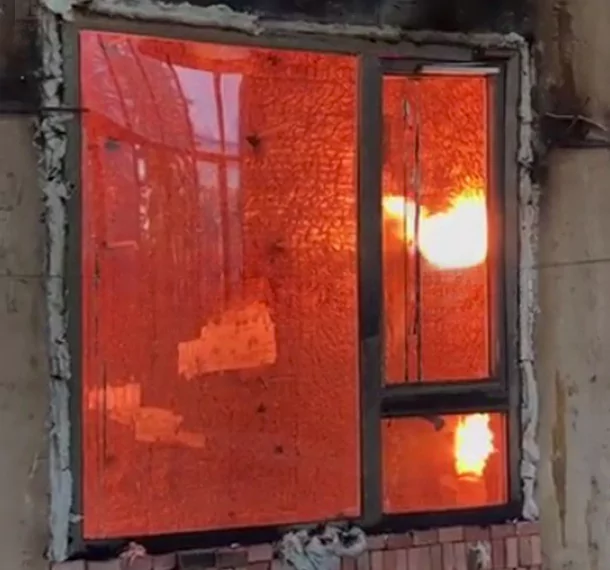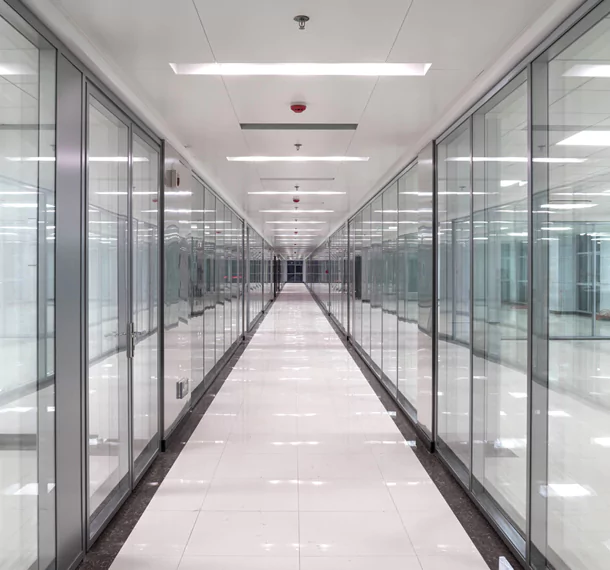Top Fire-Rated Glass Solutions in Kaduna
Public transportation hubs in nigeria, including airports, major bus terminals, and railway stations, play a pivotal role in the movement of people and goods across the nation. given the high passenger volumes these facilities accommodate daily, robust fire safety measures are imperative to ensure the well-being of all occupants. one of the most effective solutions to enhance fire safety in these environments is the implementation of fire-rated glass Kaduna in Kaduna.
Fire-rated glass is specifically designed to withstand high temperatures and prevent the spread of flames and smoke during a fire incident. its applications within transportation hubs are diverse; it is extensively utilized in partition walls, doors, and smoke barriers. the strategic placement of fire-rated glass Kaduna helps establish safe zones within these facilities while facilitating emergency egress routes that are crucial during a crisis.
One significant advantage of fire-rated glass is its ability to provide clear visibility while effectively resisting fire spread. this characteristic proves invaluable in complex, multi-level structures where clear sightlines can aid both passengers and emergency responders during evacuations or rescue operations. for instance, at an airport terminal where large crowds gather, having transparent barriers made from fire-rated glass allows for unobstructed views across different areas while ensuring that any potential fires are contained efficiently.
As nigeria continues to develop its infrastructure to meet growing urban demands, integrating advanced materials like fire-rated glass Kaduna will be essential in enhancing overall safety standards within transportation hubs. the incorporation of this technology not only aligns with international best practices but also demonstrates a commitment to passenger safety—an increasingly critical concern for stakeholders involved in public transport systems in Kaduna.
While the significance of fire-rated glass Kaduna itself cannot be overstated, its performance is intrinsically linked to its framing system. in nigeria's context—where environmental factors such as humidity and temperature fluctuations can affect building materials—the choice of framing systems becomes paramount for ensuring long-term efficacy.
Fire-resistant frames are typically constructed from materials such as steel or specially treated timber designed specifically for this purpose. additionally, unique aluminum alloys may be employed due to their favorable balance between strength and weight. these frames are engineered not only to support the weight of the glass but also to maintain their structural integrity under extreme conditions—including exposure to intense heat from fires.
The interface between the glass and its frame plays a crucial role as well; it must incorporate intumescent seals and gaskets that expand when exposed to heat. this expansion creates an airtight barrier that prevents smoke infiltration—a critical factor since smoke inhalation often poses greater risks than flames themselves during a fire incident.
For any assembly involving fire-rated glass—comprising components like glazing units (the actual sheets of rated glass), framing systems (the supportive structure), and sealing mechanisms—the entire unit must undergo rigorous testing and certification processes before installation. this ensures that each component works harmoniously together as an integrated system capable of functioning effectively as a complete barrier against potential threats posed by fires.
Understanding both the applications of fire-rated glass within nigerian transportation hubs and recognizing how critical framing systems contribute significantly enhances our approach towards creating safer public spaces for all citizens—and underscores our collective responsibility toward improving national infrastructure resilience against unforeseen emergencies.
Fire-rated glass plays an integral part in building safety by helping limit the spread of flames, smoke and radiant and conductive heat during an emergency situation. Fire-rated glass not only provides fire protection, but it can also bring aesthetic, daylighting and security advantages. First of all, from an aesthetic point of view fireproof glass allows architects and designers to maintain open spaces while meeting stringent safety regulations. Fire-rated glass offers two main benefits when it comes to daylighting: its transparency allows natural light to enter a building and promote well-being for its occupants, creating visually pleasing environments while at the same time improving productivity and comfort levels. Furthermore, daylighting benefits help maximize natural lighting within an interior space. Reduce reliance on artificial lighting while improving energy efficiency and sustainability of a building. Furthermore, security demands continue to increase as well. Fire-resistant glass offers peace of mind by protecting against fire hazards without compromising design or functionality. Fire-rated glass serves a dual function by protecting occupants while creating an aesthetic environment. Furthermore, fireproofed glazing not only meets essential safety standards but can also contribute to architectural design, energy efficiency through daylighting strategies and increased security measures in modern buildings.
Introducing three remarkable projects featuring the application of fire-rated glass Kaduna in the form of glass doors or walls:
1. Project Name: The Light and Transparency Project_
Description: In this project, fire-rated glass Kaduna was used as glass walls to divide office spaces while maintaining an open and airy atmosphere. The transparency of the glass allowed natural light to flow through, creating a bright and welcoming work environment. The fire-rated properties of the glass provided safety without compromising aesthetics in Kaduna.
2. Project Name: The Modern Elegance Renovation_
Description: This project showcased the use of fire-rated glass doors in a residential setting. The sleek and modern design of the glass doors added a touch of elegance to the home while ensuring safety in case of a fire emergency. The transparency of the doors also helped in creating a seamless flow between different living spaces.
3. Project Name: The Safety Integration Initiative_
Description: In this industrial project, fire-rated glass walls were utilized to separate different manufacturing zones within a factory setting. The impact-resistant nature of the glass provided durability against heavy machinery operations while still meeting strict fire safety regulations. The use of fire-rated glass not only enhanced safety but also improved visibility and communication across different work areas.







